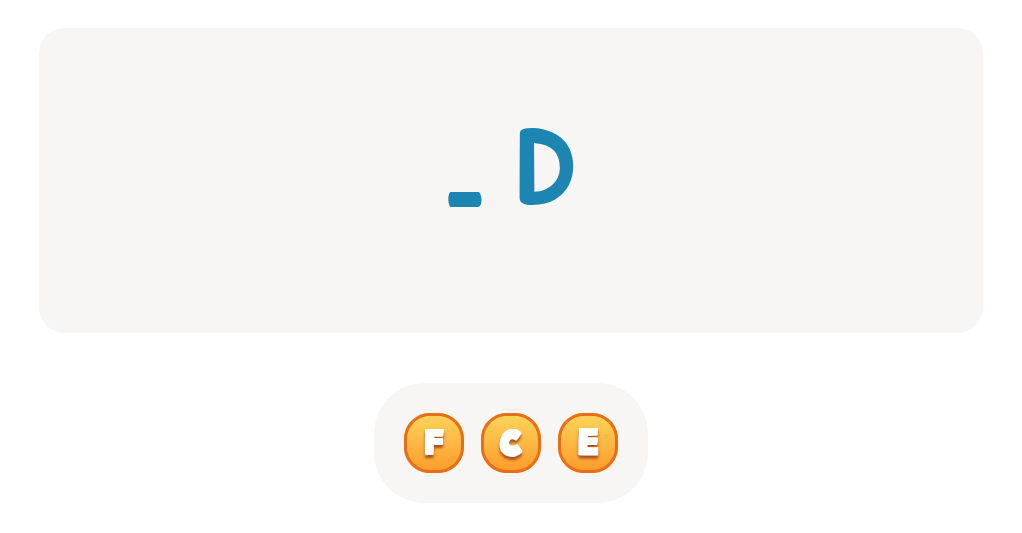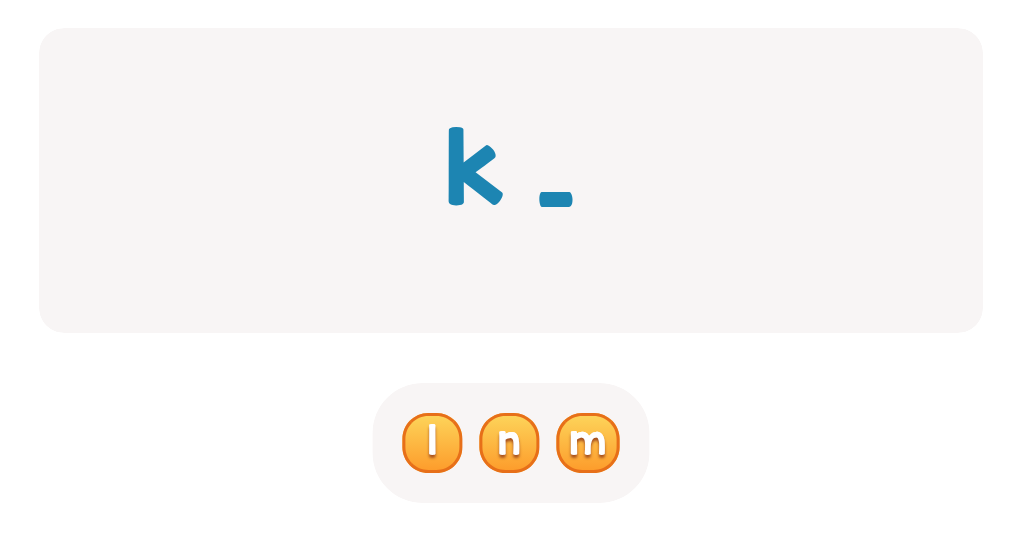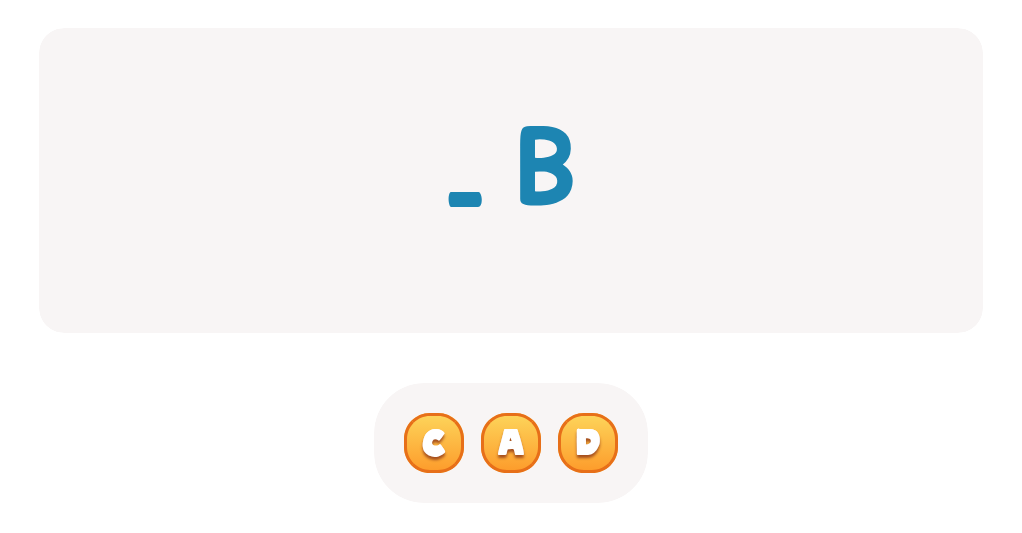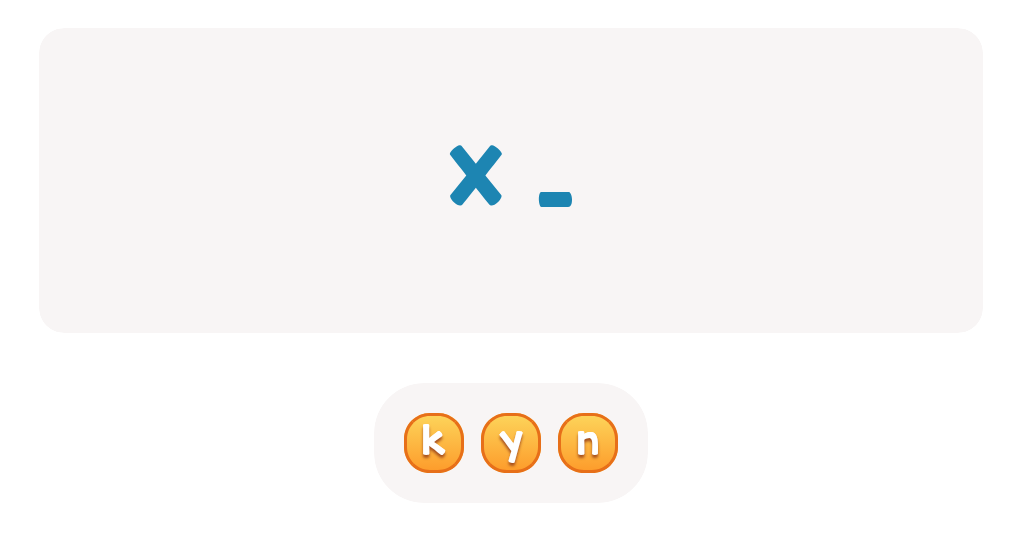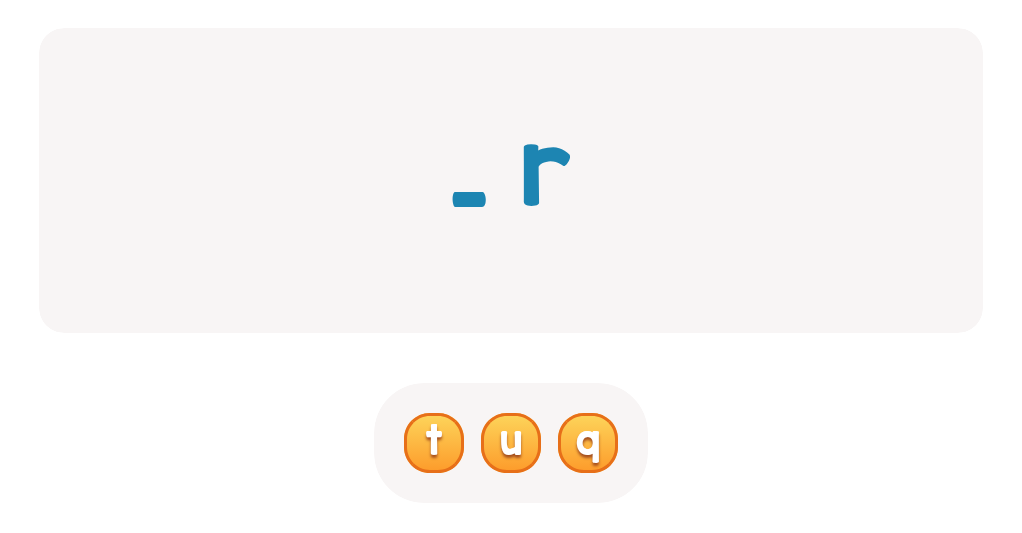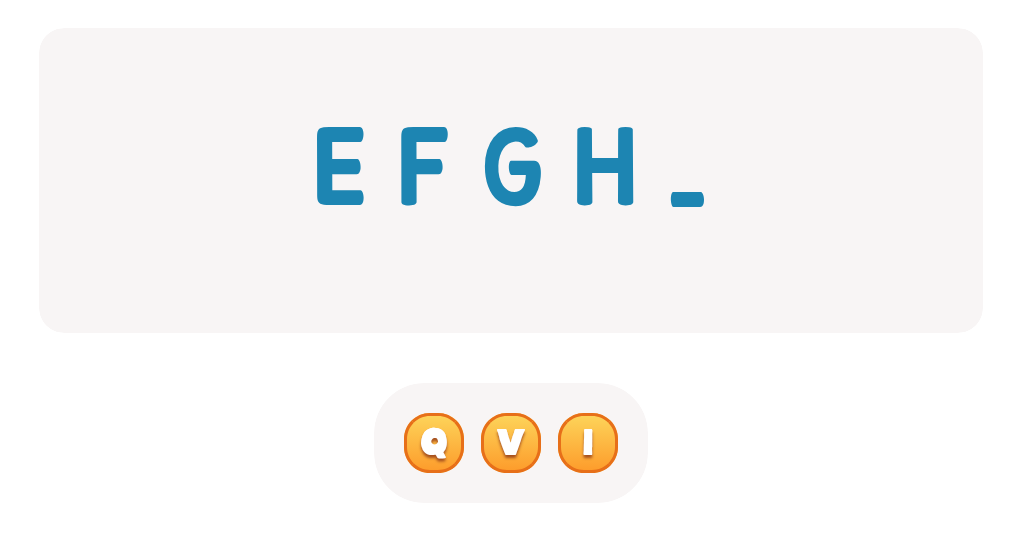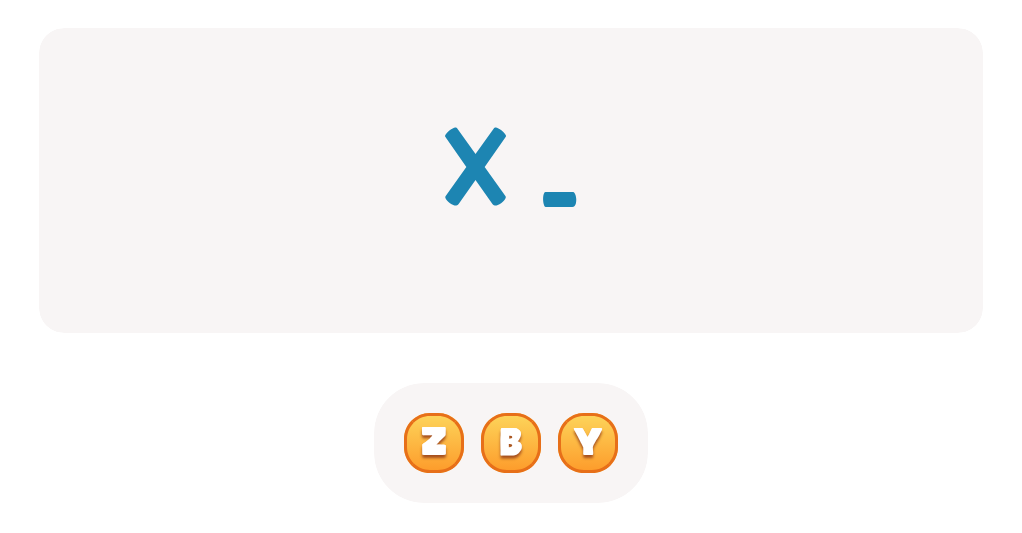Fine motor skills development Normal Upper & Lowercase Letters Worksheets for Ages 6-8
3 filtered results
-
From - To
Enhance your child's fine motor skills with our engaging Normal Upper & Lowercase Letters Worksheets, specially designed for ages 6-8. These worksheets provide a fun and interactive way for children to practice writing both uppercase and lowercase letters while refining their hand-eye coordination and dexterity. Each activity encourages proper pencil grip and controlled movements, essential for effective handwriting. With colorful illustrations and clear instructions, these worksheets will make learning enjoyable, helping young learners develop confidence in their writing abilities. Download now to inspire creativity and academic growth while your child masters the letters of the alphabet!


I Stands High Worksheet
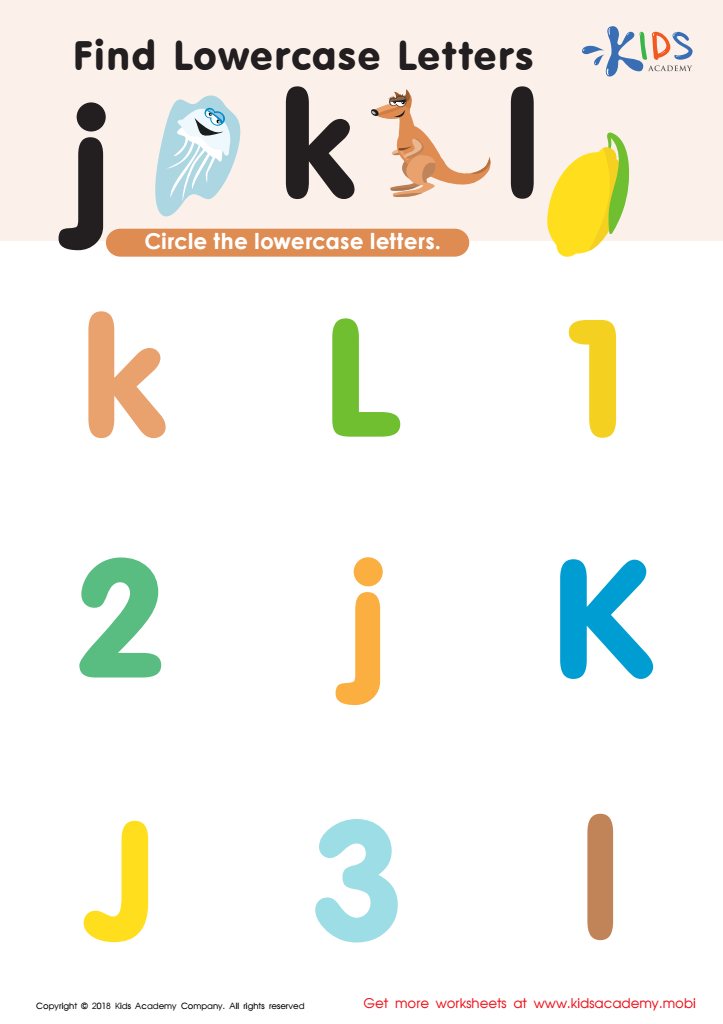

Find Lowercase Letters j k l Worksheet


Uppercase Letters P, Q, and R Worksheet
Fine motor skills are crucial for children's overall development, particularly for ages 6-8, when they are learning to write both uppercase and lowercase letters. Mastery of these skills helps children gain control over their hand movements, enabling them to perform tasks like holding pencils, cutting with scissors, and utilizing other classroom tools effectively.
Parents and teachers should prioritize fine motor skills development because it significantly impacts academic performance, especially in literacy and handwriting. Legible and well-formed letters boost a child's confidence in writing tasks, allowing them to express their ideas clearly. Conversely, difficulties with fine motor skills can lead to frustration, impacting motivation and involvement in classroom activities.
In addition to academic implications, strong fine motor skills enhance children’s daily living abilities, such as tying shoelaces, buttoning shirts, and using utensils. Facilitating fine motor practice through activities such as threading beads, painting, or writing with various mediums can create enjoyable learning experiences.
By fostering these skills, parents and teachers lay the foundation for success in a child's educational journey, promoting independence and encouraging a more engaged approach to learning. Ultimately, supporting fine motor skills development contributes to holistic growth during these formative years.
 Assign to My Students
Assign to My Students
